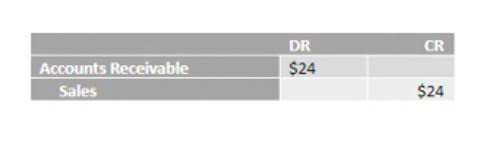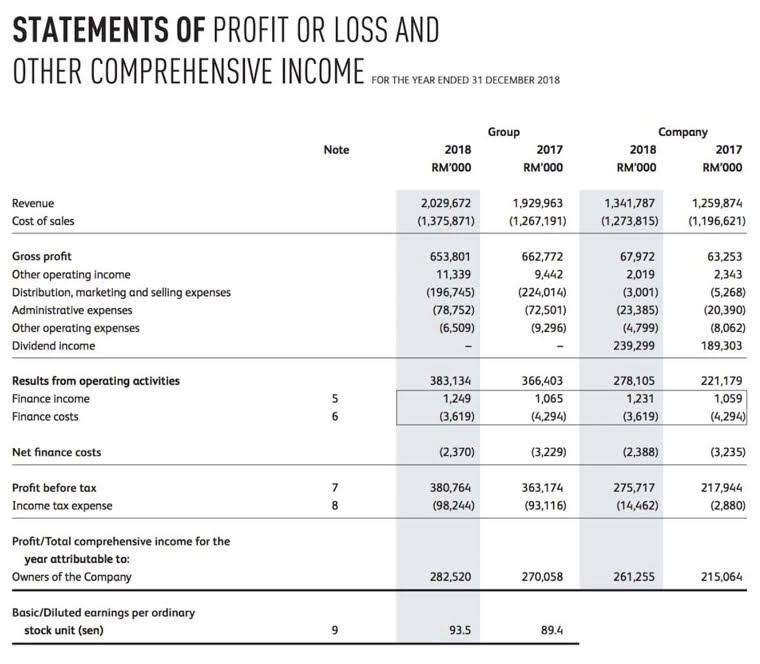MACRS asset life table

Learn more about the benefits of claiming depreciation and depreciation examples with frequently asked questions about depreciation. Inverse year number is the first year of expected life, starting from the greatest digit, divided by the total years. In year 1 this would be (5 / 15), in year 2 it would be (4 / 15), and so on. A financial professional will offer guidance based on the information provided and offer a no-obligation call to better understand your situation. Our mission is to empower readers with the most factual and reliable financial information possible to help them make informed decisions for their individual needs. For information pertaining to the registration status of 11 Financial, please contact the state securities regulators for those states in which 11 Financial maintains a registration filing.
What is the approximate value of your cash savings and other investments?

Determining salvage value accurately is an important step, though, because the expected salvage value of an asset is deducted from the initial cost of the asset to arrive at an item’s depreciable cost. The depreciable cost of an asset is its actual cost minus any salvage value. Some assets, if no longer needed, can be sold at the end of their depreciable life spans. If an asset is marketable at the end of its lifespan, its expected selling price is called its salvage value, or residual value. It is a tax accounting method by which an asset’s cost is allocated over the duration of its useful life using one of several generally accepted depreciation formulas. If the cost price is spread over 4 years this would result in a 25% depreciation p.a.
Why Can These Assets Be Depreciated?
Also, depreciation is the systematic allocation of the depreciable assets cost of noncurrent, nonmonetary, tangible assets (except for land) over their estimated useful life. This method provides predictability for both owners and tax auditors and consistency across different types of assets. Calculating useful life is a critical aspect of fixed asset management, and it involves a systematic approach to determine the anticipated duration an asset is expected to provide value to a business. The process begins by considering factors such as wear and tear, technological advancements, and industry standards. A Fixed Asset Useful Life Table serves as a valuable tool in this calculation, providing a structured framework to analyze and document the estimated useful life of each asset category. It involves a comprehensive assessment of historical data, expert opinions, and industry benchmarks to arrive at an informed estimate.
Depreciation Method

It is paired with and offset by the accumulated depreciation line item, resulting in a net fixed assets amount. Fixed assets are considered to be long-term assets, so the presentation is after all current assets on the balance sheet (typically following the inventory line item). An example of this presentation appears in the following exhibit, which shows the fixed assets section of a balance sheet.
What Can Be Depreciated in Business? Depreciation Decoded
- Depreciation comes from several factors, including the age and type of the asset, how long it serves its purpose, and the asset’s condition at acquisition.
- The most widely-used method is Straight-Line depreciation, which depreciates the same amount of money each year and is relatively easy to use.
- One can calculate depreciation by dividing the total cost of the asset by how often one uses it.
- Depreciation is a method of allocating such costs over the useful life of the asset.
- Financial statements are generated to reflect the business’ profitability; businesses need to track and report depreciation expenses.
Salvage value is the amount you expect to be able to obtain for the asset at the end of its usable life. Depreciation ends when the asset reaches the end of its usable life or when you sell it. In some cases, an asset may decline in value at a steady rate, while others may decline more rapidly in years where what are retained earnings they see heavier use. Our goal is to deliver the most understandable and comprehensive explanations of financial topics using simple writing complemented by helpful graphics and animation videos. At Finance Strategists, we partner with financial experts to ensure the accuracy of our financial content.

The SYD method allocates larger portions of the property’s cost to earlier periods in its lifespan, resulting in higher deductions at the beginning and lower deductions in later periods. It is a method of depreciation that calculates the value of an asset based on its usage. This method is best for assets commonly used or consumed over time, such as vehicles, mining equipment, and manufacturing machinery. It allocates the cost of acquiring and using an asset in terms of units produced instead of time. Additionally, understanding depreciation can help businesses accurately calculate their taxable income each year.
- The average useful life for straight-line depreciation for buildings and improvement is years and 5-15 years for machinery and equipment.
- In a previous article “List of fixed asset depreciation calculation software” a list of software was provided that caters to depreciation calculation.
- Assets are depreciated to calculate the recovery cost that is incurred on fixed assets over their useful life.
- Conversely, a shorter useful life leads to higher depreciation expenses per year.
- In accounting, we do not depreciate intangible assets such as software and patents.
- GAAP requires companies to review the useful life of an asset periodically and adjust the depreciation schedule if expectations change significantly.
- Instances in which the usage begins immediately after the acquisition are the easiest to prove.

An asset depreciates until it reaches the end of its full useful life and then remains on the balance sheet for an additional year at its salvage value. Examples of the classifications of assets used to record depreciable assets are buildings, computers and software, furniture and fixtures, machinery, and vehicles. The double-declining balance (DDB) method is an even more accelerated depreciation method. It doubles the (1 / Useful Life) multiplier, which makes it twice as fast as the declining balance method. Sum-of-years-digits is another accelerated depreciation method that gives greater annual depreciation in an asset’s early years. Depreciable business assets are assets that have a lifespan and can be considered a business expense.
Why Is It Important For Businesses To Understand Depreciation?
When the asset is no longer useful to the company, it may sell it off at a lower price than it was initially worth. Discover the key strategies for optimizing your company’s assets with our guide on fixed asset policy best practices. In accounting, cash is considered a depreciable asset because its future worth is reduced because of inflation. However, a business cannot depreciate an asset that it does not effectively own.
Examples of Depreciable Assets
However, it is treated as an expense in accounting records for tax-related purposes. To calculate depreciation on real estate, you first have to know the cost basis. The cost basis is the value of the property minus the value of the land that Bookkeeping for Veterinarians it is built on plus any allowable closing costs.